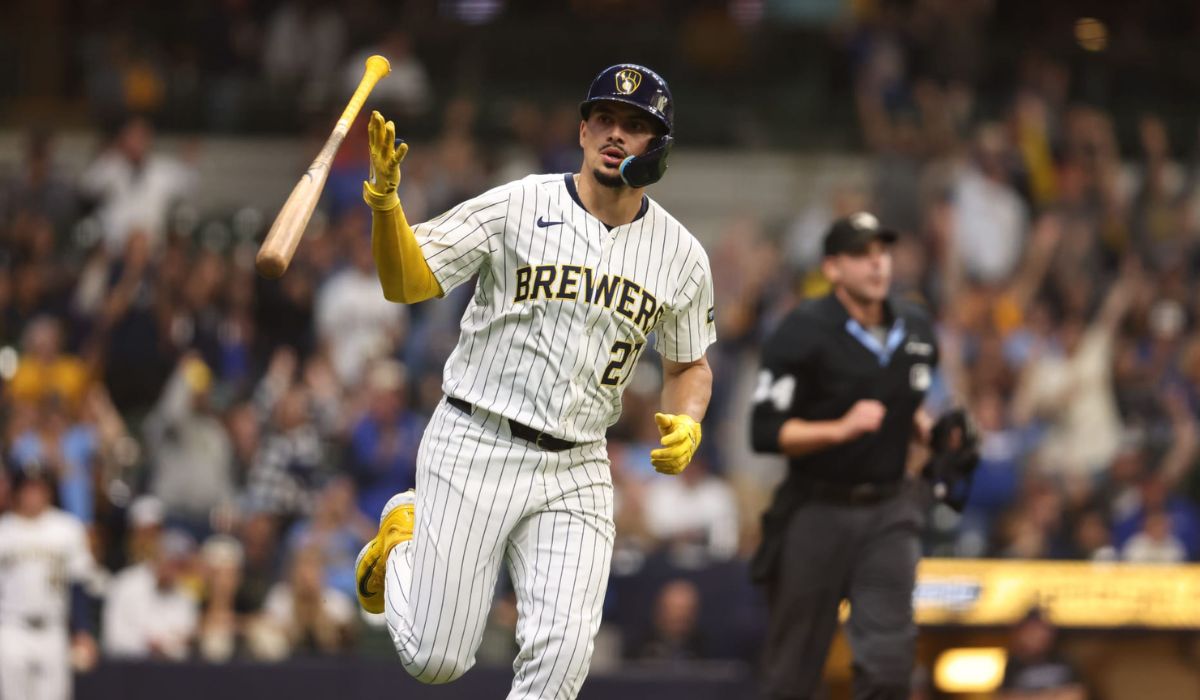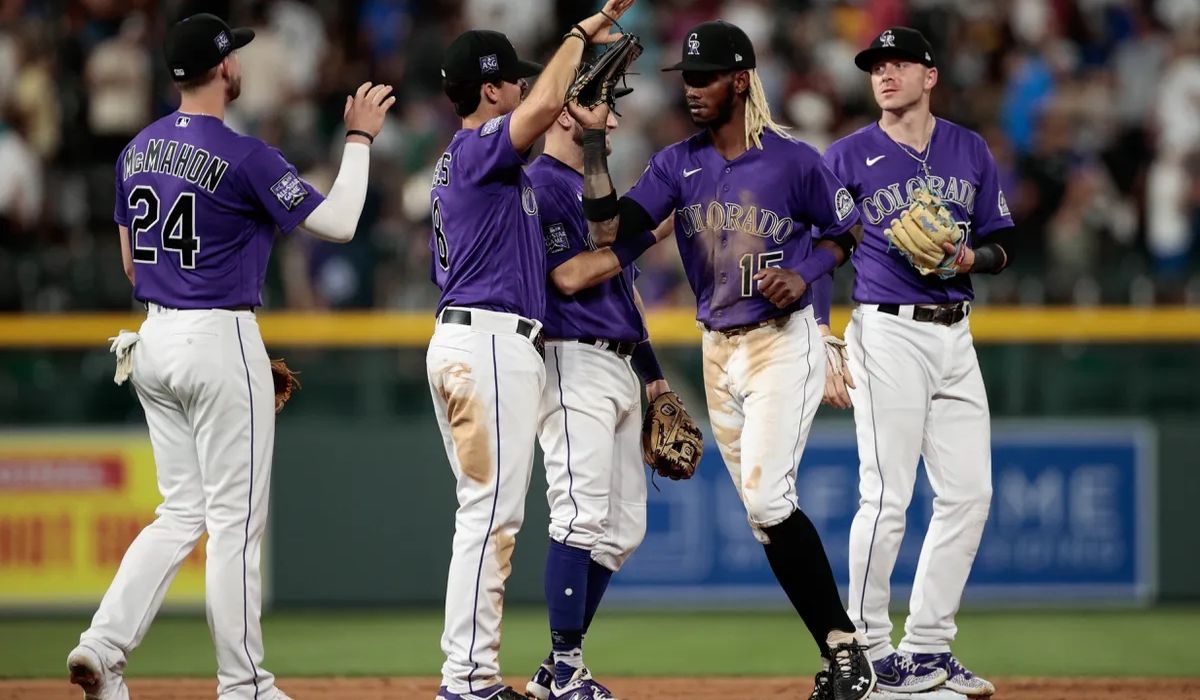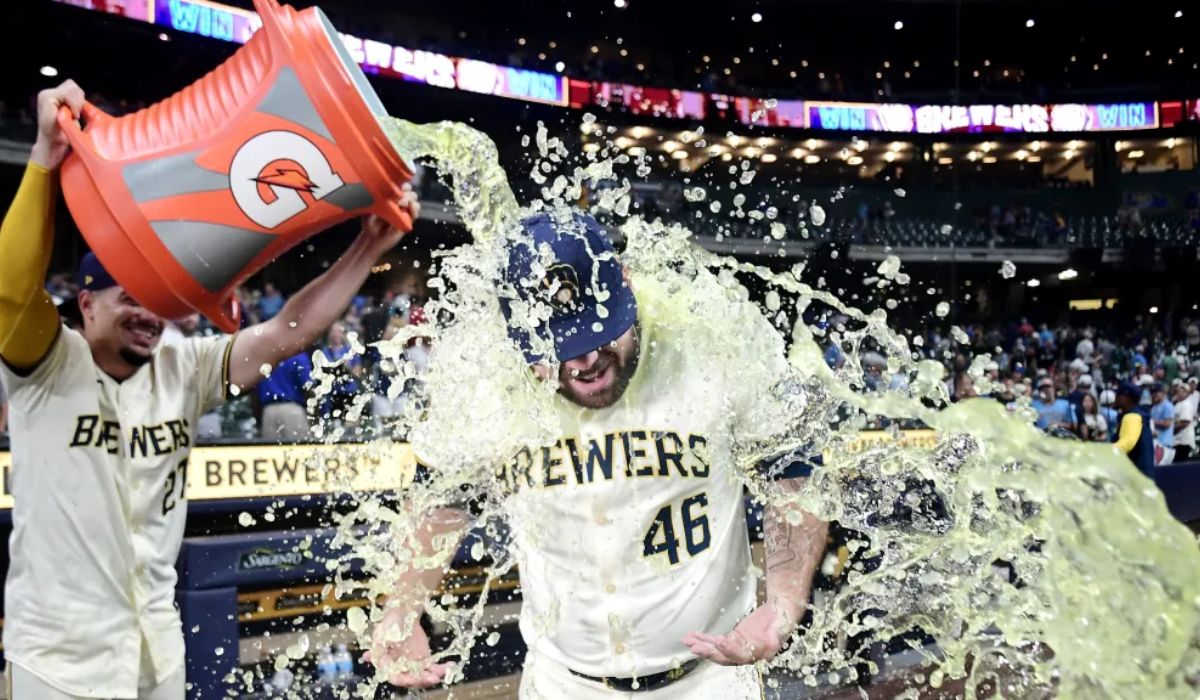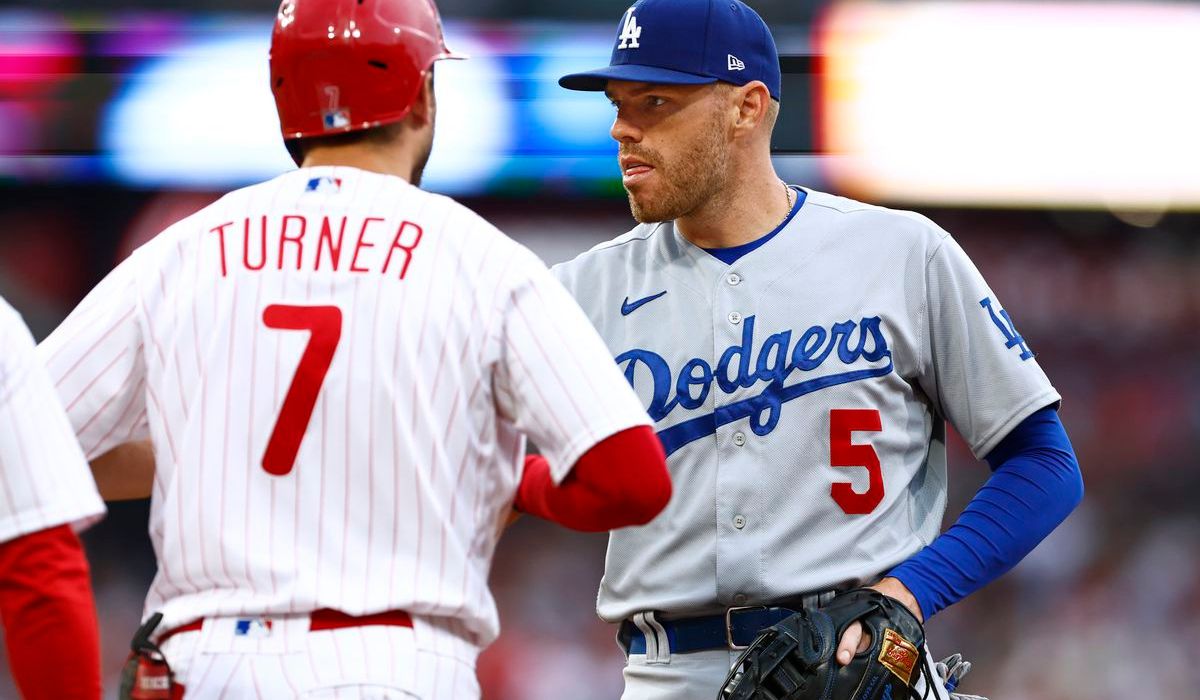Key Performance Metrics: Brewers vs Rockies Player Stats
In the thrilling face-off between the Milwaukee Brewers and the Colorado Rockies, dissecting the player statistics offers a clear view of the game’s dynamics and outcomes. This detailed analysis delves into batting averages, Earned Run Average (ERA), and fielding percentages to uncover which players stood out and how their contributions align with their performances throughout the season.
Batting Averages Breakdown
The batting average is a fundamental statistic that measures a player’s hitting performance. It is calculated by dividing the number of hits by the number of official at-bats. His performance not only boosted his batting average but also his confidence, proving essential in clutch moments of the game.
Pitching Prowess and ERA Insights
The Earned Run Average (ERA) is a key indicator of a pitcher’s effectiveness, calculated by the number of earned runs a pitcher allows per nine innings pitched. The Brewers’ starting pitcher displayed a commendable performance, with an ERA lower than his seasonal average. His ability to strike out key batters at decisive moments was pivotal in maintaining a low score against the Rockies. This strategic control helped the Brewers manage the game’s pace and kept the opposing team’s scoring opportunities to a minimum.
Conversely, the Rockies’ pitchers struggled with consistency. Their starter had a challenging game, with an ERA that ballooned due to several earned runs in the early innings.
Fielding Percentages and Defensive Plays
Fielding percentage, calculated by the formula (assists + putouts) / (assists + putouts + errors), provides insights into the team’s defensive capabilities. The Brewers showcased a strong defensive game, with a fielding percentage near perfection. Notable was their shortstop, who made several spectacular plays, turning potential hits into outs with agile movements and quick throws. These defensive stops were crucial in maintaining the lead and ultimately securing the victory.
Seasonal Comparisons and Game Impact
Comparing these game-specific statistics to the season averages provides a broader understanding of each player’s growth and consistency. Players who exceed their average metrics during critical games demonstrate adaptability and the ability to perform under pressure, qualities essential for postseason success.
Top Performers: Standout Players from the Brewers vs Rockies Match

In the high-stakes game between the Milwaukee Brewers and the Colorado Rockies, certain players emerged as pivotal figures, shaping the game’s outcome through exceptional performances. This article examines the standout players from the match, focusing on their influential roles, strategic execution, and technical prowess that distinguished them as top performers.
Dominant Pitching Display
One of the game’s most significant impacts came from the Brewers’ starting pitcher. Known for his fastballs and sliders, he delivered a pitching masterclass.
Offensive Heroes
On the offensive side, a young third baseman from the Rockies rose to the occasion. This level of preparation and execution underscored his potential and impact as a clutch player for the Rockies.
Clutch Performances in the Field
Fielding also had its heroes, notably the Brewers’ center fielder. Renowned for his speed and agility, he made a game-changing catch against the center-field wall in the late innings, robbing the Rockies of extra bases and preserving the Brewers’ lead. His defensive play was not just about physical ability but also about his excellent reading of the game. Positioned perfectly, he sprinted and made the leap, catching the ball at the peak of his jump.
His fielding prowess was complemented by strategic positioning, often adjusted inning by inning based on the pitcher’s plan and the hitters’ tendencies. This proactive approach to defense often goes unnoticed in stat sheets but remains crucial in tight contests.
Head-to-Head Comparison: Brewers vs Rockies
Team Batting Averages
However, the Rockies compensate with power, often turning games around with significant hits when they matter most.
Total Bases and Power Hitting
Total bases is a telling metric in this matchup. The Brewers, while not leading in home runs, excel in accumulating doubles and triples, which reflects their speed and agility on the bases. Their ability to turn singles into extra-base hits puts continual pressure on opposing defenses. The Rockies, meanwhile, boast more home runs and tend to score in bursts, relying on a few swings to make significant impacts on the scoreboard. This approach, though potentially more volatile, underscores their ability to capitalize on pitchers’ mistakes with power hitting.
Bullpen Performance
A critical aspect of any game, the bullpen’s performance often decides the outcome in close contests. The Brewers’ bullpen has a reputation for reliability and depth, with several options to close out games. Their relievers have maintained lower ERA figures throughout the season, showcasing their ability to stifle late-game rallies by opponents.
Defensive Metrics
Defensively, both teams show competence but have distinct styles. The Brewers are excellent in fielding efficiency and are among the leaders in fewest errors committed and highest fielding percentages. Their defensive alignment and quick reflexes minimize opponents’ scoring opportunities and help maintain the pitchers’ confidence.
Under the Radar: Unsung Heroes of the Brewers vs Rockies Game
Strategic Base Running
One notable unsung hero was a second-string outfielder for the Brewers, often overshadowed by marquee players. Despite his limited time at the plate, his strategic base running was instrumental. After drawing a walk, he stole second base during a critical moment in the fifth inning. This not only put him in scoring position but also rattled the Rockies’ pitcher, leading to subsequent hits that brought him home. This play shifted the game’s momentum and showcased how base running, often underappreciated, can yield significant dividends.
Defensive Mastery
His quick release and precise throw to first were pivotal in keeping the game within reach.
Situational Pitching
Another key contributor often left out of the glory stats was a middle reliever for the Brewers who came in during the sixth inning with two runners on and only one out. His ability to pitch calmly under pressure, inducing a groundout and a flyout, helped escape a jam without any damage. His ERA and strikeout numbers might not turn heads, but his knack for getting outs in high-leverage situations makes him invaluable to his team.
Catching and Game Management
Behind every great pitching performance is a catcher whose game management is crucial yet rarely celebrated. The Brewers’ catcher, in this game, was instrumental in calling a game that saw multiple Rockies’ threats neutralized. His decisions on pitch calls, framed strikes, and his throw to catch a runner attempting to steal second were critical components of the game’s strategy. His ability to orchestrate the defense from behind the plate provided stability and confidence to his pitchers.
Utility Players’ Versatility
A utility player for the Rockies also deserves mention. Playing out of his regular position due to an injury to a teammate, he handled several difficult plays flawlessly. His adaptability and readiness to perform under unexpected circumstances provided his team with much-needed continuity and defensive stability.
Strategic Decisions That Shaped the Game: Brewers vs Rockies

In a tightly contested game between the Milwaukee Brewers and the Colorado Rockies, the outcome hinged not just on player performances but also on the strategic decisions made by both teams’ managers. These crucial choices, from tactical substitutions to pitching changes and shift formations, significantly influenced the game’s direction and final score.
Early Game Pitching Strategy
. Recognizing the potential for the Rockies to capitalize, the manager opted to make an earlier-than-usual call to the bullpen. This decision to bring in a middle reliever who specializes in off-speed pitches was pivotal.
Tactical Substitutions and Pinch Hitters
With two runners on base and two outs, this decision was designed to maximize the chance of a big hit.
Defensive Shifts and Fielding Adjustments
Managing the Bullpen and Closing Strategy
As the game neared its climax, the decision on when to deploy closers became paramount. The Brewers’ manager decided to bring in his closer in the eighth inning rather than waiting for the ninth, a move driven by the heart of the Rockies’ lineup due up. This aggressive strategy paid off as the closer pitched 1.2 innings, striking out four and securing the win. This decision underscored the manager’s confidence in his bullpen and his willingness to deviate from conventional strategies to clinch the game.

Conclusion:
FAQS:
Why did the Brewers make a pitching change early in the game?
Answer: The Brewers’ manager decided to bring in a middle reliever earlier than usual after noticing the starting pitcher was losing velocity and effectiveness. This strategic decision was aimed at preventing the Rockies from gaining momentum and to maintain the Brewers’ lead by disrupting the timing of the Rockies’ hitters.
How did defensive shifts affect the outcome of the game?
Answer: The Brewers implemented strategic defensive shifts, particularly against the Rockies’ strongest left-handed hitter. By placing three infielders on the right side of second base, they significantly reduced the hitter’s ability to record base hits, thereby preventing potential rallies and securing important outs during key moments of the game.
What role did the Brewers’ closer play in securing the win?
Answer: In a tactical move, the Brewers’ closer was brought into the game in the eighth inning instead of the typical ninth. Facing the heart of the Rockies’ lineup, he pitched 1.2 innings, striking out four and effectively sealing the victory. This decision highlighted the manager’s strategic flexibility and trust in his bullpen to handle high-pressure situations.
How do managers use analytics during a game?
Answer: Managers utilize analytics to make informed decisions about pitching changes, defensive alignments, and lineup adjustments. In this game, analytics helped the Brewers and Rockies’ managers decide when to shift their defenses and when to substitute players, aiming to maximize performance based on statistical insights into player tendencies and game situations.
For more Please visit : Bigsportsgames



